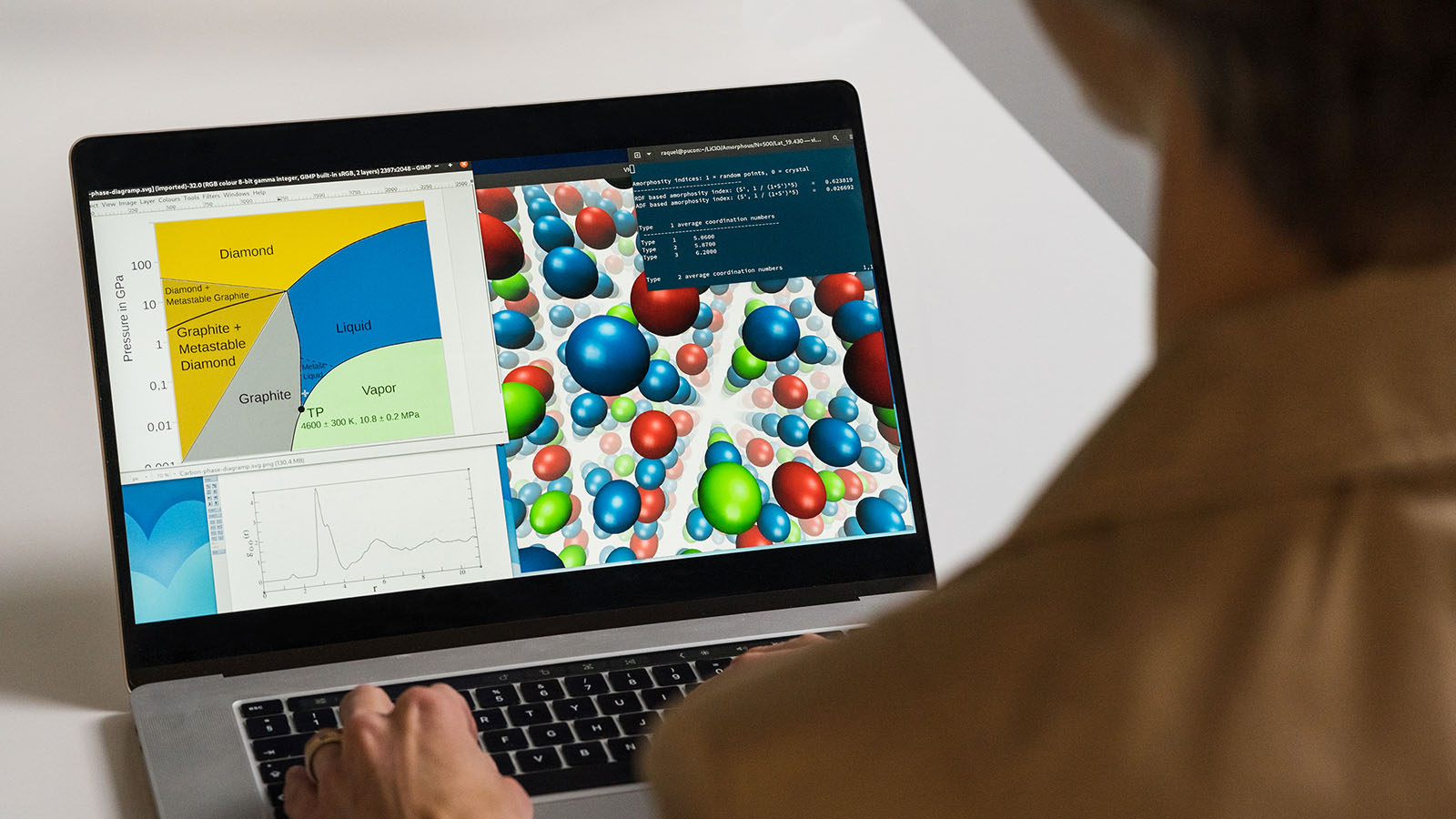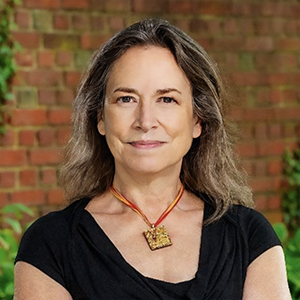Hillert Materials Modeling Colloquium series XX: How Quantum Mechanics Can Help Identify Mechanisms and Materials to Combat Climate Change

Emily A. Carter, Professor in Energy and the Environment at Princeton University, is working on, amongs other things, sustainable processes aimed at converting and storing CO2 in durable, useful products. In this seminar she will describe quantum embedding methods that accurately simulate sustainable production of fuels and chemicals catalytically using electricity and/or light, and introduce its use.
Time: Wed 2024-03-20 15.00 - 16.00
Video link: https://kth-se.zoom.us/j/67346237547
To preserve the planet for future generations, it is not enough to transition to sustainable energy. We must stop emitting carbon into the atmosphere from all sectors, aiming not just for net-zero but net-negative emissions.1 More than 15 years ago, I pivoted my quantum simulation research to develop methods and design materials for clean electricity (solar cells, fuel cells, and fusion reactors). More recently, we are designing catalysts for renewable fuels and chemicals production, via electro-/solar-thermo-chemical water splitting and photo/electro/solar-thermo-chemical carbon dioxide reduction. However, recycling CO2 is not enough; we must develop sustainable processes to convert and store CO2 in useful, durable products. I will describe our quantum embedding methods that accurately simulate sustainable production of fuels and chemicals catalytically using electricity and/or light, and introduce its use for studying processes related to direct ocean capture of CO2 to form minerals, a strategy for getting to negative emissions.2
Contact
